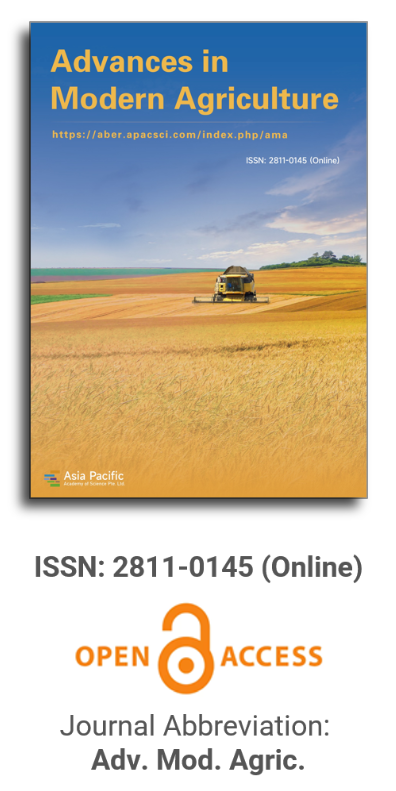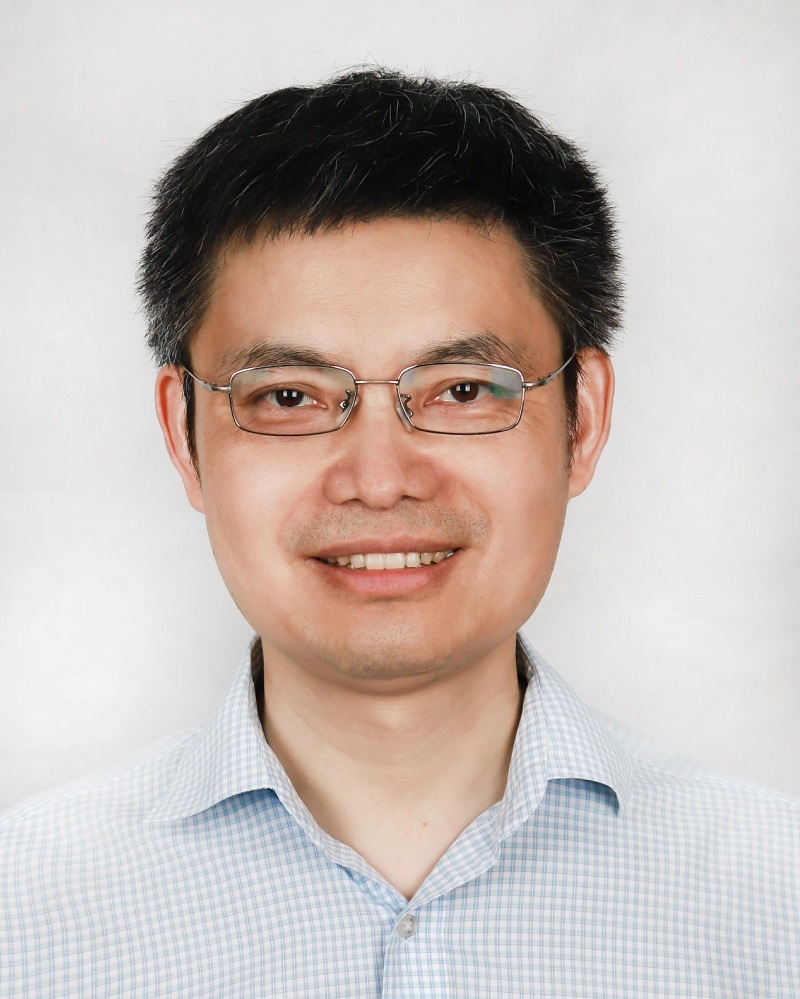


Agroecology or modern conventional agriculture? Positions of Argentine rural extensionists
Vol 1, Issue 1, 2020
VIEWS - 8209 (Abstract)
Download PDF
Abstract
At a global level, there is a growing concern about the sustainability of agricultural production models. In particular, the impacts and environmental passives derived from the implementation of the principles of the so-called Green Revolution. In contrast, agroecology gains supporters in the context of a different productive model, though limited due to lower levels of agricultural productivity. Nevertheless, for any of these models to come into practice, it has to go through farmers’ decision-making. Thus, acknowledging the key role played by rural extensionists in farmers’ decision-making process, in this article the extensionists’ personal positioning and that of their institutions are analyzed in the context of the contrast between agroecology and conventional agriculture. A total of 583 rural extensionists who work in the National Institute of Agricultural Technology, the Subsecretariat of Family Farming and Territorial Development, and other Argentine institutions replied to an online questionnaire. It included sociodemographic questions and asked to position oneself and one’s institution using a five-level Likert-type item, in which agroecology and conventional agriculture were the poles. Results show that, on average, extensionists have a tendency towards the agroecological pole, while they situate their institutions halfway between both agricultural models. In general, women, who have no university degree, and who hold a degree in social sciences, are more oriented to the agroecological pole.
Keywords
References
Refbacks
- There are currently no refbacks.
Copyright (c) 2020 F Landini, Maite Regina Beramendi

This work is licensed under a Creative Commons Attribution 4.0 International License.

This site is licensed under a Creative Commons Attribution 4.0 International License (CC BY 4.0).

Prof. Zhengjun Qiu
Zhejiang University, China

Cheng Sun
Academician of World Academy of Productivity Science; Executive Chairman, World Confederation of Productivity Science China Chapter, China
Indexing & Archiving
In the realm of modern agriculture, the integration of cutting-edge technologies is revolutionizing the way we approach sustainable farming practices. A recent study published in Advances in Modern Agriculture titled "Classification of cotton water stress using convolutional neural networks and UAV-based RGB imagery" has garnered significant attention for its innovative approach to precision irrigation management. Conducted by researchers from Institute of Data Science and the AgriLife Research and Extension Center of Texas A&M University (authors's information is below). This study introduces a novel method for classifying cotton water stress using unmanned aerial vehicles (UAVs) and convolutional neural networks (CNNs), offering a powerful solution for optimizing water use in agriculture.
Modern agricultural technology is evolving rapidly, with scientists collaborating with leading agricultural enterprises to develop intelligent management practices. These practices utilize advanced systems that provide tailored fertilization and treatment options for large-scale land management.
This journal values human initiative and intelligence, and the employment of AI technologies to write papers that replace the human mind is expressly prohibited. When there is a suspicious submission that uses AI tools to quickly piece together and generate research results, the editorial board of the journal will reject the article, and all journals under the publisher's umbrella will prohibit all authors from submitting their articles.
Readers and authors are asked to exercise caution and strictly adhere to the journal's policy regarding the usage of Artificial Intelligence Generated Content (AIGC) tools.
Asia Pacific Academy of Science Pte. Ltd. (APACSCI) specializes in international journal publishing. APACSCI adopts the open access publishing model and provides an important communication bridge for academic groups whose interest fields include engineering, technology, medicine, computer, mathematics, agriculture and forestry, and environment.



.jpg)
.jpg)

.jpg)
